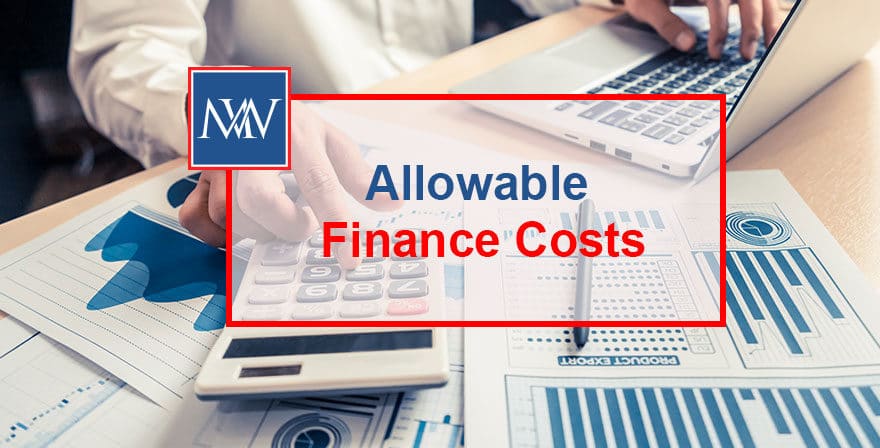
Allowable finance costs
Although the way in which landlords obtain relief for finance costs on residential properties is changing, there is no change to the type of finance costs that are eligible for relief.
What qualifies for relief
The basic rule is that relief is available for expenses that are incurred wholly or exclusively for the purposes of the property rental business, and this rule applies equally to finance costs. Relief is available for eligible finance costs where they meet this test.
The definition of finance costs includes mortgage interest and interest on loans to buy a furnishing and suchlike. Relief is also available for the incidental costs of obtaining finance, as long as the interest on the loan is allowable. Incidental costs of loan finance include items such as arrangement fees, and fees incurred when taking out or repaying loans or mortgages.
Limit on eligible borrowings
A landlord can obtain relief for the costs of borrowings on a loan or mortgage up to the value of the property when it was first to let. Buy-to-let mortgages are often more expensive than residential mortgages with interest charged at a higher rate. The loan does not have to be secured on the let property. Where a landlord wishes to buy a rental property and has sufficient equity in their own home, it may make commercial sense to release capital from the home by borrowing against it and using the money to purchase the rental property. Interest on the loan is eligible for relief, despite the fact the loan is not secured on the rental property.
No relief for capital repayments
Capital repayments, such as the capital element of a repayment mortgage or loan repayments, are not eligible for relief. Where the borrowings are in the form of a repayment mortgage, it will be necessary to split the payment between the interest and capital when working out the relief. The lender should provide this information on the statement.
Example
Mervyn wishes to invest in a buy to let property. As he only has a small mortgage on his home, he remortgages to release £150,000 of equity.
Following the remortgage, he has a mortgage of £200,000 on his own home. Using the released equity, he buys a property to let for £150,000. He spends some time renovating the property in his spare time before letting it out. When the property is first to let, it has a value of £160,000.
Mervyn can claim relief for 80% of the interest costs – this is attributable to the borrowings of £160,000 (80% of the loan of £200,000), being the value of the let property when first let. The interest eligible for relief is, therefore, £8,000 (80% of £10,000). For 2019/20, 25% (£2,000) is relieved by deduction with the balance giving rise to a deduction from the tax due of £1,200 (75% x £8,000 x 20%).
No relief is available for the capital repayments.
For More detail, Book a Free Consultation
Need Accountancy Support?
For information on bespoke training, or if you have any other questions for Makesworth Accountant, please fill in your details below








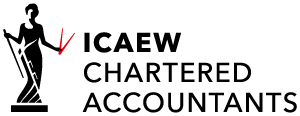
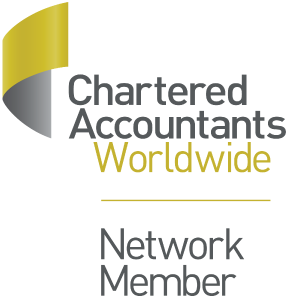
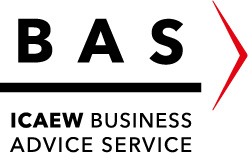



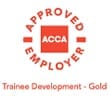



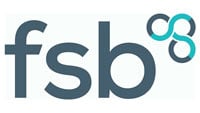

 148
148